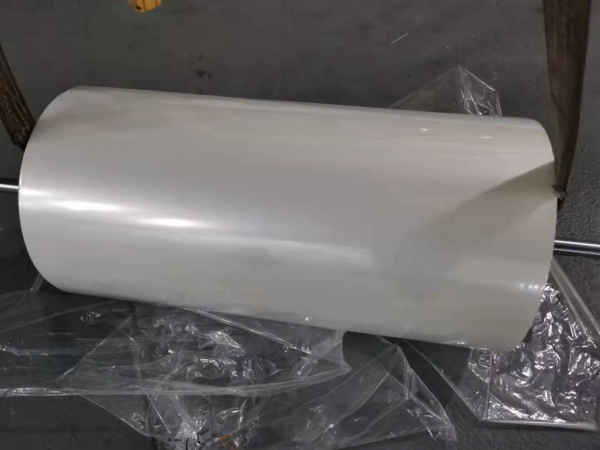CPE
Time:
2023-03-31 10:52
The breathable film is a functional material that is environmentally friendly and breathable (vapor) and water (liquid, bacteria, dust) resistant. The emergence of microporous breathable membrane has a history of more than 20 years, and it has developed rapidly in the past 10 years. China is at an early stage in technology, market, and application. The polyolefin type breathable film is prepared by adding inert fillers to PE or PP carriers, and then preparing and stretching the film. For personal hygiene and care products, the breathable membrane is an upgraded product of the ordinary waterproof membrane. Breathable film and ordinary film cannot be simply replaced, and the reasonable structural design of the final product is crucial to the breathable effect of the breathable film!

Based on my professional experience, I would like to discuss with you the performance settings, manufacturing technology, control methods, application fields, and development trends of breathable films that are of concern to people in this article. I hope it will be helpful for the production and use of breathable films.
Air permeability principle of breathable membrane
The functions of the breathable film can be summarized as follows: water resistance and breathability (moisture).
Due to the structural characteristics of the breathable film, it also has a barrier effect on other liquids, dust, and bacteria, making it have a wider application space.
How does the breathable film achieve its breathable function?
Take the most commonly used PE as a carrier for example.
Basic film forming principle: PE+CaCO3 --- film forming --- stretching --- breathable film
Air permeability refers to the ability of a gas (vapor) body to penetrate a material under certain conditions.
Principles for using breathable membranes
1. The inherent characteristics of the breathable membrane are the foundation for the ultimate breathable effect, but the structural design of personal hygiene and care products is the key;
2. As a water repellent material, the safety (water repellency) of the breathable film is a prerequisite, and only on the premise of ensuring safety can breathability be discussed;
3. "Wide - relatively wide", "thin - thin, close fitting", "bag - relatively closed" structure and relatively long-term use (such as diapers, pads, etc.) of nursing products, the use of breathable membrane materials is necessary;
4. Compared with ordinary PE embossed film, breathable film has its inherent shortcomings. Therefore, the design of products should be good at avoiding defects and exerting their advantages. For example, the lateral strength (CD) of the breathable film is low, the color is relatively monotonous, and the thermal stability is poor;
5. The final breathable effect is proportional to the actual breathable area of the breathable film. When designing products, it is necessary to cherish and protect effective breathable areas;
6. The design of the final product should consider the convection of the small environment;
7. The effectiveness of breathable products on users has a time lag. The efficacy of breathable products needs to be promoted.
Composite breathable film
Breathable film is a good functional material, but there are still many areas that need to be improved and improved, such as CD strength, appearance, cost, and feel. Therefore, non-woven fabrics and their composite materials should be accumulated and generated.
Because we can use non-woven fabrics with different materials, structures, and base weights, coupled with different composite methods, various types of composite materials can be derived to meet the use requirements of different products and consumer classes







